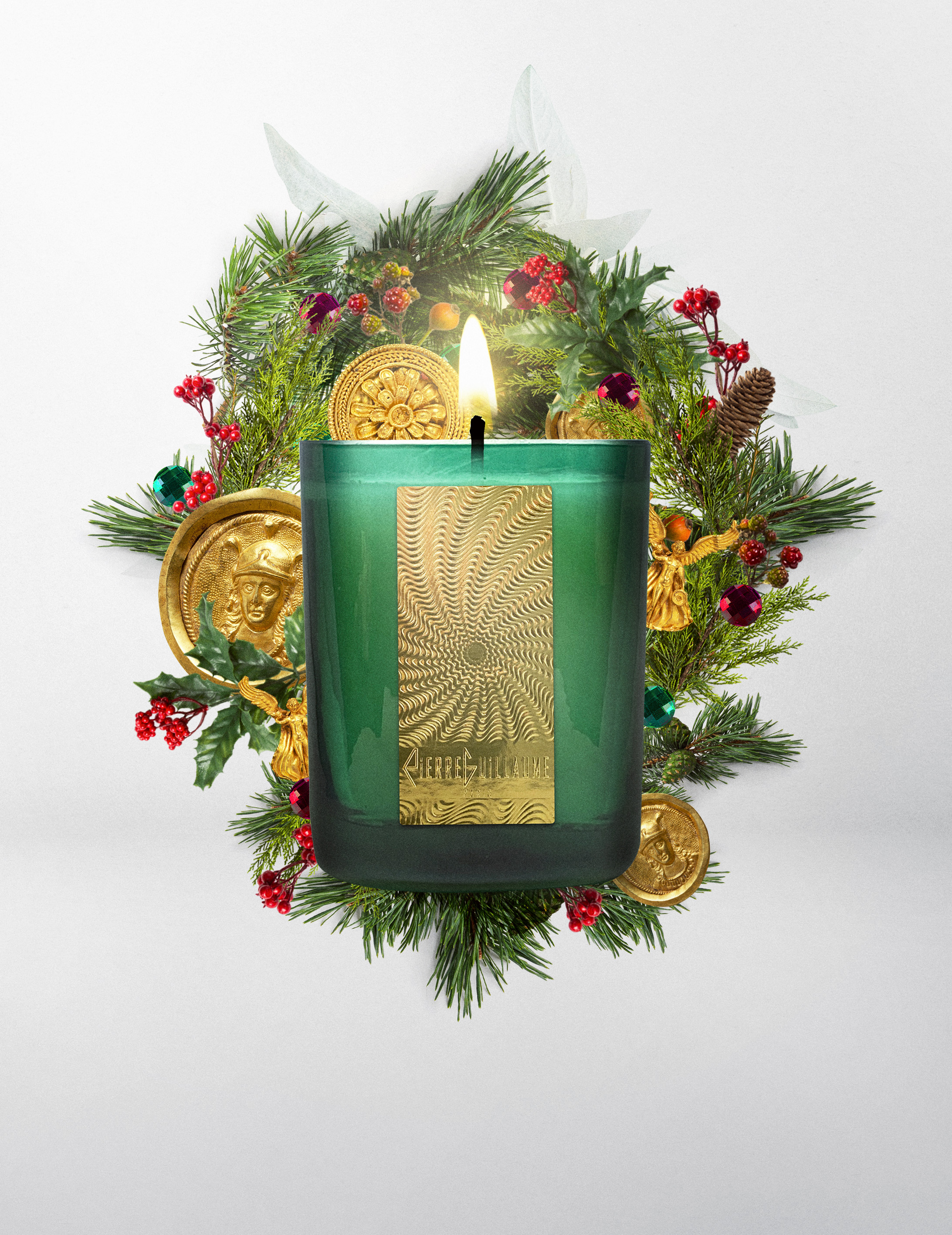Widespread throughout Europe as far as Siberia and Asia Minor, the Sylvester pine or “northern pine” is the most cultivated species of Pinus in Europe’s forests. The Scots pine is a pioneer of bare or sparsely vegetated land. It has been widely used to reforest areas with poor soils and to allow the appearance of other species. The tree can reach 40 metres in height and live for more than half a millennium. The trunk is slender and tall, with a rounded top. The cracked bark in brick-red scales contrasts with the grey-green to bluish-green foliage, hence its nickname “red pine”. The long needles are bundled in pairs and sheathed at the base. The needle branches are distilled to produce the essential oil of Sylvester pine. They are harvested from spring to early winter, before the snow comes. The fragrance of Scots pine exudes a pleasant woody, resinous forest scent, reminiscent of Siberian pine. The best quality essential oil is produced in Austria, in the Tyrol region.
The Sylvester pine is a species of light, which climbs ever higher to capture the sun’s rays. Nicknamed the “master of light”, it is associated with this symbolism in many cultures. For the Amerindians, in the tribe of the Iroquois, it is the look-out for the sky. The tribe of the Nez Percés considers that only the pine tree knows the secret of fire. Called the “Torch Tree” in Corsica, it is set ablaze in an offering, so that the light can shine. Its wood loaded with resin is also a good fuel. Guardian of eternal fire among the Taoists, it is reborn from the celestial flame.





